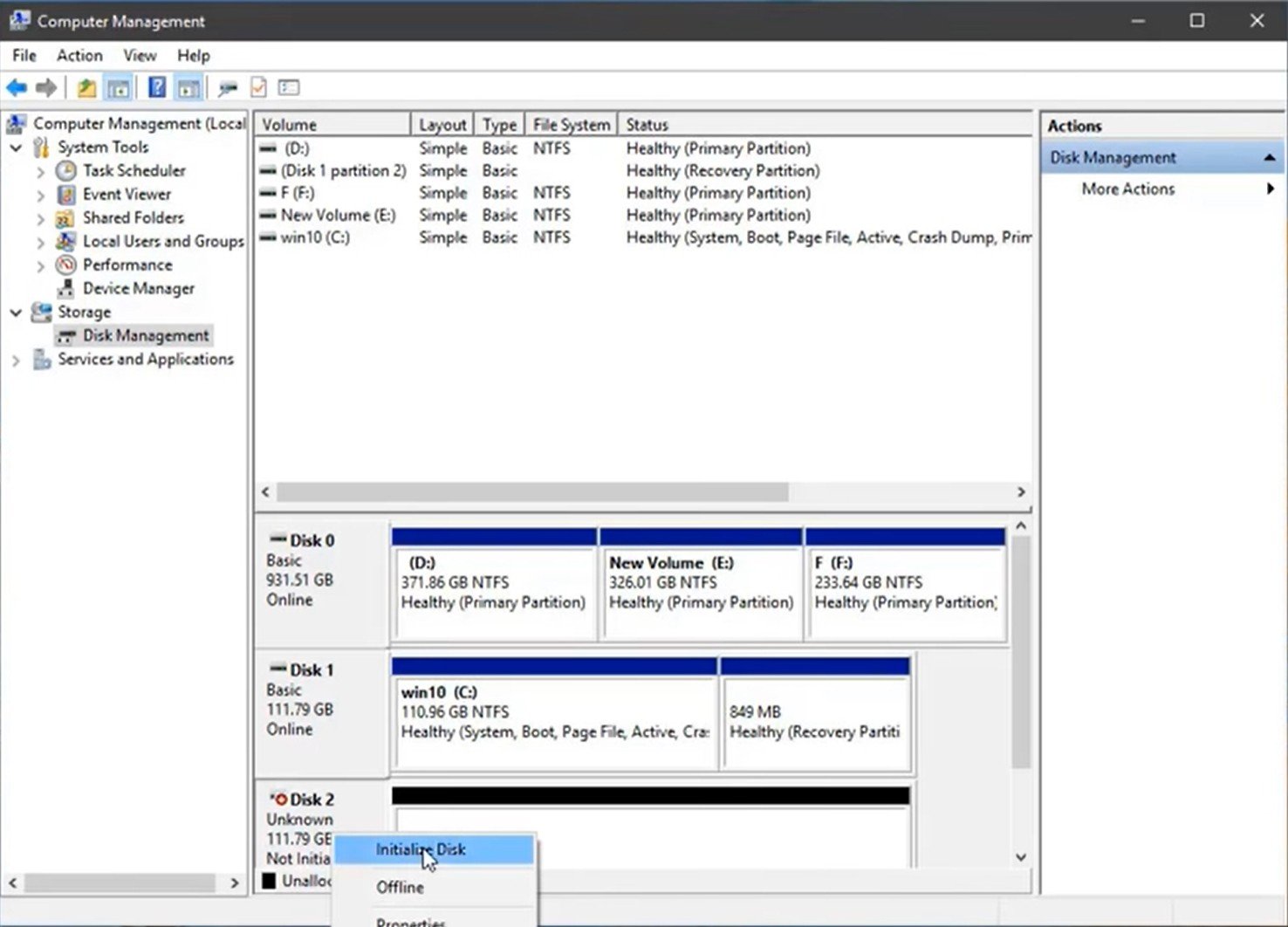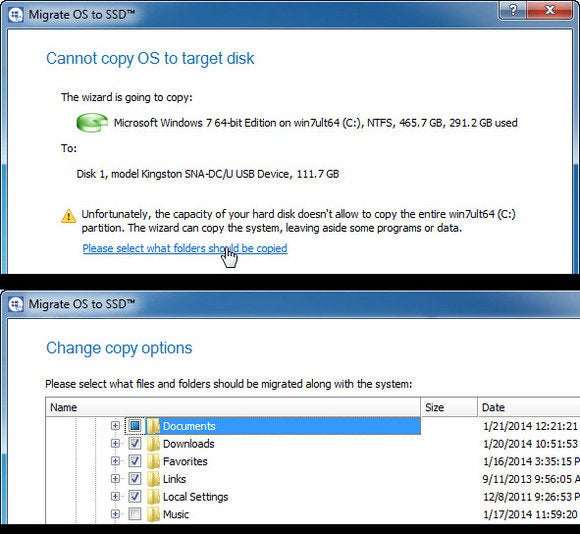
- Cloning hard drive windows 10 to ssd how to#
- Cloning hard drive windows 10 to ssd install#
- Cloning hard drive windows 10 to ssd pro#
- Cloning hard drive windows 10 to ssd software#
- Cloning hard drive windows 10 to ssd Pc#
Cloning hard drive windows 10 to ssd software#
Moreover, it will also remove the hassle of installing Windows and other software again, thus saves our time a lot. The cloning of current installed Windows OS will not only help in copying the bootable operating system but in case you got some problem in HDD or unfortunately, it gets crashed, in such scenarios, if you have already cloned your OS either in HDD or SSD then you can easily switch to that without facing downtime in our work.
Cloning hard drive windows 10 to ssd how to#
If yes, here is the tutorial to know how to clone Windows 10 or 7 from one hard drive to another using software called Macrium Reflect (free version). You should see the new layout in the AOMEI Partition Assistant window, and you can click the Apply button in the upper-left corner to make the changes.Have you bought a new SSD disk to boost the Windows boot up and read/write speed? Then for sure, you would want to copy your existing Windows OS, boot records, and folder to it. Check the Unallocated box alongside that D: drive and click OK.

You may see other volumes on the disk-these are boot and recovery partitions, and it's best to leave them intact for now.Ĭlick that volume and select the Merge Partitions button in the sidebar. That's our new SSD, and the D: drive (or whatever letter its assigned on your system) is the volume we want to expand. You should see that one of your drives-in my case, Disk 2 holding the D: drive-has a bunch of unallocated space at the end.
Cloning hard drive windows 10 to ssd install#
Install the free, Standard edition of Partition Assistant and look at the disks along the bottom of the window.
Cloning hard drive windows 10 to ssd pro#
The Pro version of Backupper allows you to do this during the clone process, but there's no need to pay-another AOMEI tool called Partition Assistant can do it for free. The Windows volume you copied to your SSD will be the same size as it was on the original hard drive, and you'll need to expand it so it takes up the rest of the disk. If, however, you upgraded to an SSD with more space than your old drive, you'll need to do one more thing.

If your SSD is the same size or smaller than your old hard drive, you should be all done with the cloning process, and you can skip to the next step. If everything looks good, you're ready to rock, and your computer should feel significantly snappier without having to reinstall a thing. Open File Explorer and check to confirm that your SSD is, in fact, the C: drive. Your computer will reboot, and if all went well, it should plop you back into Windows faster than ever before. Choose your SSD from the list as the first boot drive, then head back to the BIOS' main menu to exit, saving your settings. These will be in a different spot depending on your computer, but once you find them, you'll want to select the option to change the boot sequence. (This may not be necessary on laptops with just one drive, but if you experience problems booting, it can help on some PCs.) Turn your computer on and enter its BIOS/UEFI setup-this is a bit different on every PC, but it'll usually say something like "Press DEL to enter setup" on the boot screen, so you'll want to press the corresponding key as it starts up.įrom there, look for your BIOS' boot options. Once you're finished installing the SSD, you'll need to tell your computer to boot from it. Close Disk Management and continue to the next step. It isn't super important what this volume looks like we just need a volume on the disk for AOMEI to see it.

Right-click on it, choose New Simple Volume, and click Next through the wizard to create a new volume taking up the entire drive. Once the drive has been initialized, you should see the drive show up in the bottom pane of Disk Management as unallocated space. If you aren't prompted to initialize the drive, and don't see it in Disk Management, double-check that it's properly connected to your computer, and that the enclosure or dock is powered on (if necessary).
Cloning hard drive windows 10 to ssd Pc#
If you aren't sure, look up your specific model of PC or motherboard to see which type of firmware it uses. If you have an older PC with a traditional BIOS, you may need to use an MBR partition table. I'll be using GPT for my SSD, since I have a modern PC with a UEFI firmware. It'll prompt you to initialize the drive using either the GPT or MBR partition table.

Click the "Create and format hard disk partitions" option, and Disk Management will open. Open the Start menu and type "partitions" in the search box. If it's a brand-new drive, you probably won't see the drive pop up in File Explorer, but don't worry it just needs to be initialized first. Plug your SSD into the SATA-to-USB adapter, then plug that into your computer.


 0 kommentar(er)
0 kommentar(er)
